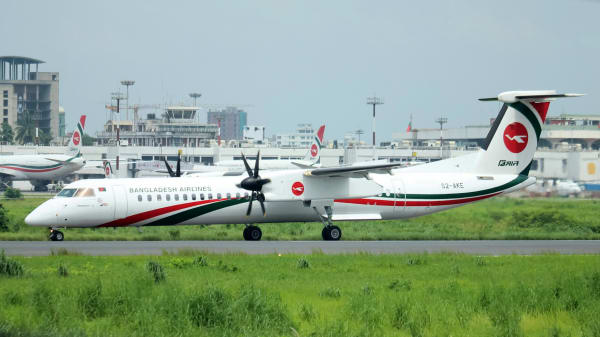The Essentials of an Aviation Cover Letter
What is an Aviation Cover Letter?
If you're eager to embark on an exciting career in aviation, one of the first steps is to prepare a stellar application – and a central part of that is an aviation cover letter. A cover letter is a crucial tool that introduces you to potential employers, highlighting your qualifications, skills, and why you're the perfect fit for the aviation role you're applying for. To ensure you leave a lasting impression, there are some key aviation cover letter essentials you need to know.
Why is an Aviation Cover Letter Essential?
The aviation industry is highly competitive, and your cover letter is often the first point of contact between you and your would-be employer. It's your chance to showcase yourself beyond what's listed on your resume. It can underline your understanding of the aviation industry, your comprehension of the role and responsibilities, and your enthusiasm to be part of their team.
Core Components of an Aviation Cover Letter
An effective aviation cover letter will include the following elements:
1. Personal Information
At the top of your letter, include your important contact details. Make sure you put your:
- Full Name
- Address
- Phone Number
- Email Address
2. Date and Company Information
State the date of your application and details of the company you are applying to:
- Date
- Company Name
- Company Address
3. Professional Salutation
Address the hiring manager by name if you know it. If not, using 'Dear Hiring Manager' is considered professional and appropriate.
4. Captivating First Paragraph
Your opening paragraph should grab the reader's attention. It should mention the job you're applying for and how you found out about the position. A snippet of your experience or an enthusiastic statement about the company can help draw the reader in.
5. Compelling Body
Here, you outline your skills, qualifications, and why you are the ideal candidate for the position. It is beneficial to keep the job posting in mind, using it to highlight how your experience lines up with what the employer is seeking.
6. Persuasive Closing
In your final paragraph, thank the reader for considering your application and suggest a next step in the process. This could be as simple as indicating you're looking forward to the opportunity to further discuss your qualifications in an interview.
7. Professional Sign-Off
Signed off your cover letter professionally using "Sincerely", followed by your full name.
Key Features of an Effective Aviation Cover Letter
So, beyond these vital trivialities, let's dive into the heart of our topic – "Aviation Cover Letter Essentials".
1. Tailoring to the Role
Generic cover letters are easy to spot and can imply a lack of true interest in the role. Tailor each cover letter to the specific aviation job you're applying for, using the job description as a guide.
2. Highlight Relevant Skills
Pull from your experiences the keywords and phrases that align with those in the job description. For instance, if the job description stipulates a need for a "team player with great attention to detail," highlight instances where you've showcased these exact traits.
3. Use Industry-Specific Language
Using aviation industry language subtly displays your familiarity with the field. This can include technical skills, aviation-related certifications, or specific industry training you've completed.
4. Showcase Achievements over Duties
Highlight your accomplishments instead of a list of duties. For example, rather than stating you “scheduled flight plans,” you might say, "Implemented an efficient scheduling system that reduced flight planning time by 20%."
5. Proofread, Proofread, Proofread
It can't be stressed enough—the importance of a well-edited cover letter is astronomical. In aviation, details are life-dependent, so a cover letter free of errors demonstrates your ability to maintain high standards of precision.
6. Keep it Concise
Aim for brevity in your cover letter. A length of one page, divided into about three or four paragraphs, is a good guideline to follow.
Essential Do's and Don’ts
To round it up, here are several handy do's and don'ts to remember while writing your aviation cover letter:
- Do align your cover letter with the company and job requirements.
- Don't repeat your résumé.
- Do showcase relevant achievements using quantifiable results.
- Don't forget to proofread and check for errors diligently.
- Do end your cover letter on an action note, suggesting a follow-up.
Mastering these aviation cover letter essentials can give you an edge over other candidates and boost your chances of landing that dream aviation job. Remember, your cover letter is your opportunity to make a lasting, positive impression. So, make every word count!




